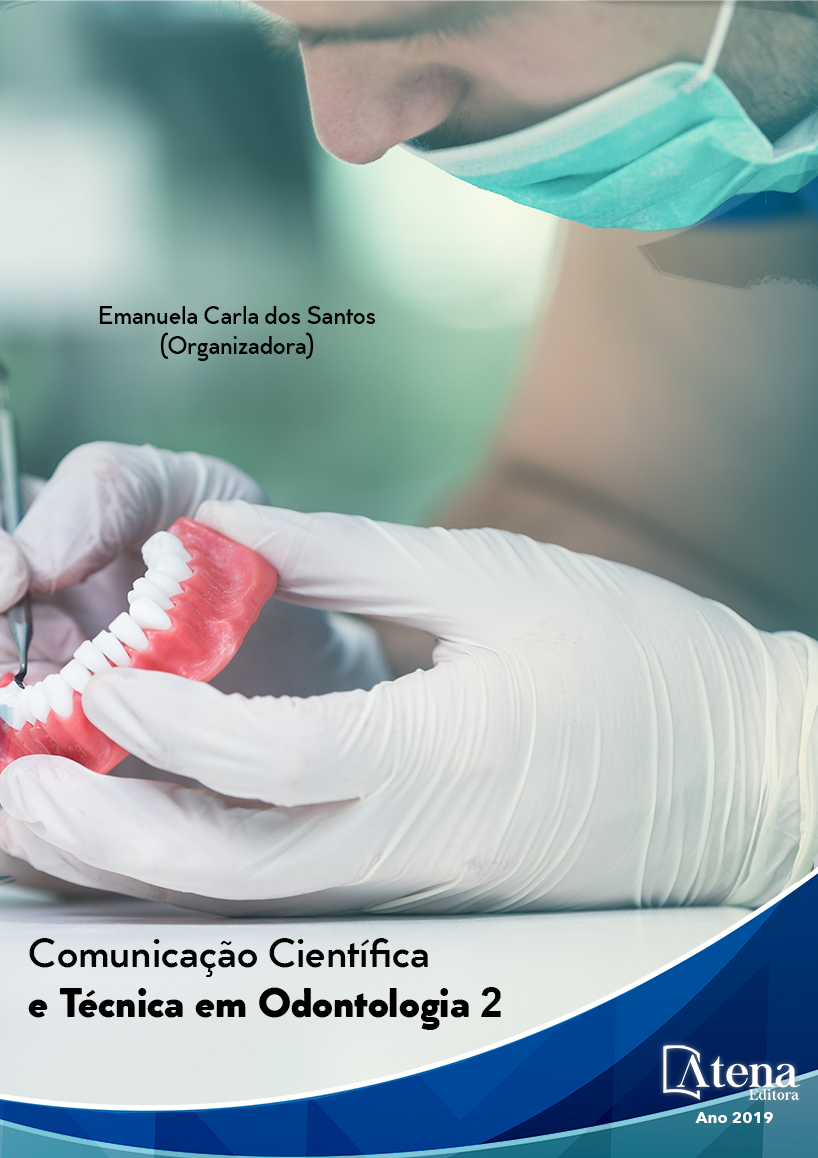
AVALIAÇÃO DA RESISTÊNCIA ADESIVA DE CONTENÇÕES ORTODÔNTICAS FIXAS UTILIZANDO RESINA FLOW, COM OU SEM ADESIVO: UM ESTUDO IN VITRO
Objetivo: avaliar a resistência
adesiva (RA) de uma resina composta fluida
(Flow) na colagem de contenções ortodônticas
fixas, e verificar se a exclusão do adesivo
poderia prejudicar o desempenho laboratorial
dessas contenções. Métodos: foram testadas
contenções coladas diretamente em 80
dentes bovinos extraídos para a confecção
dos corpos de prova, os quais foram divididos
aleatoriamente em quatro grupos (n = 20),
com diferentes sistemas de adesão: Grupo 1
– Transbond XT com o uso de adesivo; Grupo
2 – Opallis Flow com o uso de adesivo; Grupo
3 – Opallis Flow sem o uso de adesivo; Grupo
4 – Transbond XT sem o uso de adesivo. Os
corpos de prova foram submetidos a testes de
tração (pull-out), realizados em um texturômetro
TA.HD plus (Stable Micro Systems), com
velocidade de 0,5mm/min, e as cargas de
ruptura foram registradas em Newtons;
também se avaliou o índice de remanescente
adesivo (IRA). Resultados: não houve diferença
estatisticamente significativa na RA entre os
grupos que utilizaram adesivo. Entre os grupos
que não utilizaram adesivo, também não houve
diferença (p > 0,05). O grupo Transbond XT
sem adesivo alcançou resistência semelhante
ao grupo Transbond XT com adesivo. Os
grupos em que se utilizou adesivo (1 e 2) foram
estatisticamente diferentes dos grupos em que
o adesivo não foi utilizado (3 e 4), quanto ao
IRA. Conclusões: observou-se que a RA e o
IRA obtidos com a resina Flow mostraram-se
similares aos com outras resinas ortodônticas
com carga.
AVALIAÇÃO DA RESISTÊNCIA ADESIVA DE CONTENÇÕES ORTODÔNTICAS FIXAS UTILIZANDO RESINA FLOW, COM OU SEM ADESIVO: UM ESTUDO IN VITRO
-
DOI: 10.22533/at.ed.2651929035
-
Palavras-chave: Adesividade. Resistência à tração. Resinas acrílicas.
-
Keywords: Shear bond strength. Tensile strength. Acrylic resins.
-
Abstract:
Objective: To evaluate the shear bond strength (SBS) of fluid composite
resin (Flow) for bonding fixed retainers, as well as if the suppression of the adhesive
could harm the laboratory performance of these retainers. Methods: Retainers directly
bonded to 80 bovine teeth extracted for manufacturing of test specimens, and randomly
divided into four groups, were tested (n=20), with different adhesion systems: Group
1 – Transbond XT (using adhesive); Group 2 – Flow Opallis (using adhesive- Amber);
Group 3 – Flow Opallis (without adhesive); Group 4 – Transbond XT (without adhesive).
The specimens were subjected to tensile (pull-out) tests performed on a TA.HDplus
texturometer (Stable Micro Systems), with a 0.5 mm/min speed, and breaking loads
were recorded in Newtons. Adhesive Remnant Index (IRA) was also evaluated.
Results: There was no statistically significant difference in SBS between groups using
adhesive or between those who did not use adhesive (p<0.05). The Transbond XT
without adhesive group reached similar resistance to Transbond XT with adhesive
group. Regarding IRA, the groups which used adhesive (1 and 2) were statistically
different from groups in which adhesive was not used (3 and 4). Conclusions: Based
on these results, it was observed that the SBS and IRA obtained with the Flow resin are
similar to those with another orthodontic resins with load.
-
Número de páginas: 15
- Geyssi Karolyne Gonzatto
- Jussimar Scheffer Castilhos
- Priscilla do Monte Ribeiro Busato
- Mauro Carlos Agner Busato
- Giovani Ceron Hartmann


